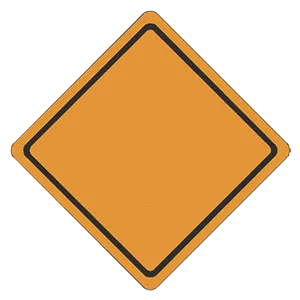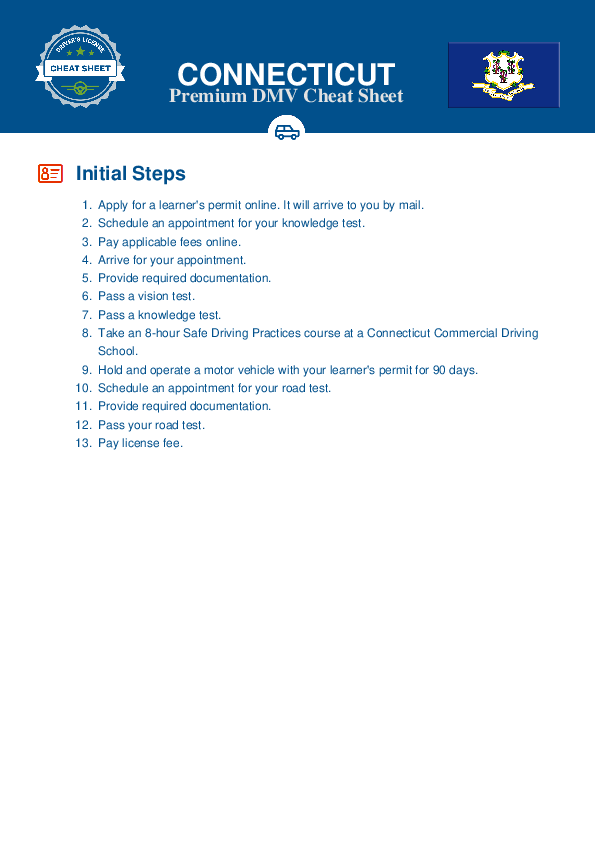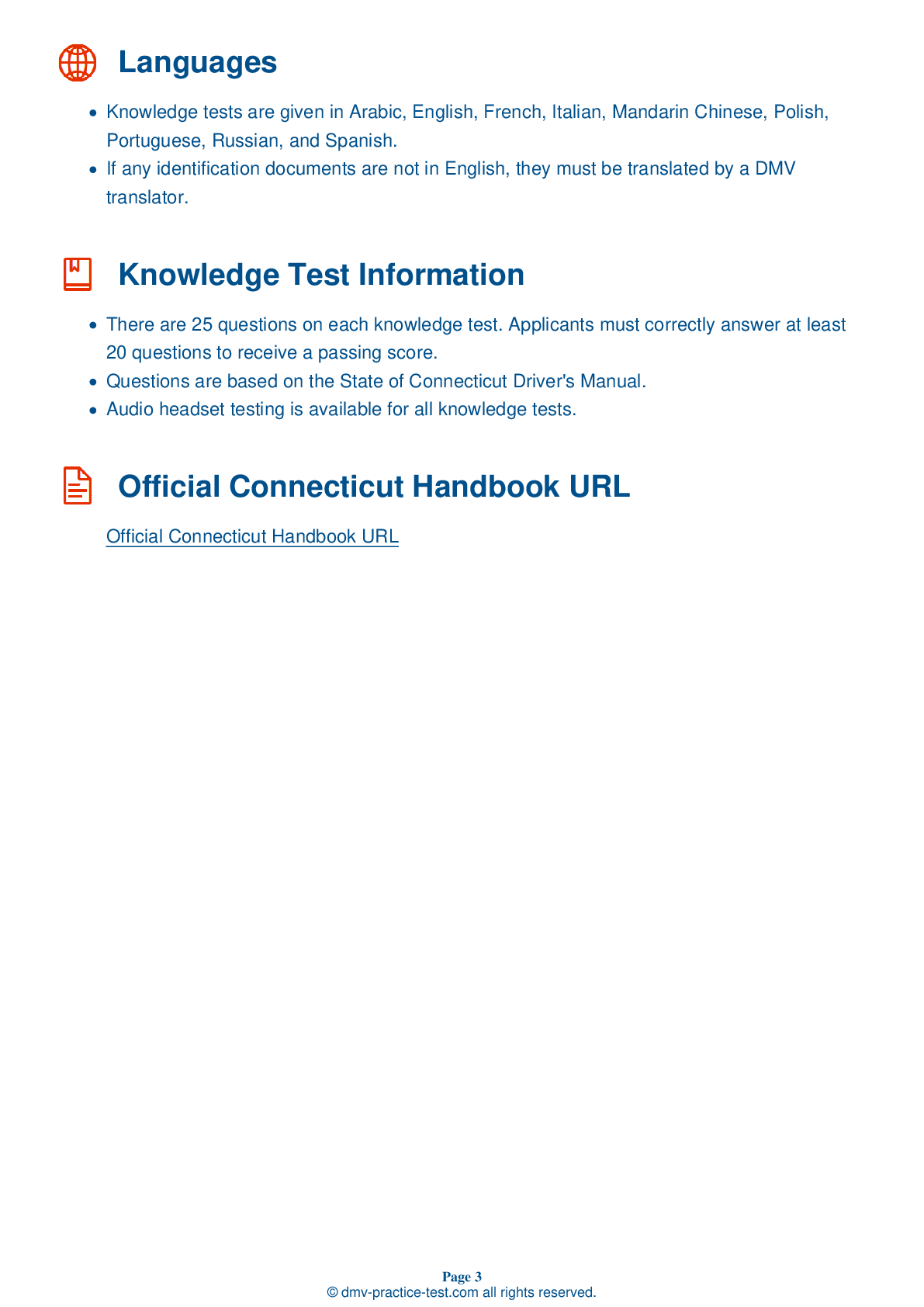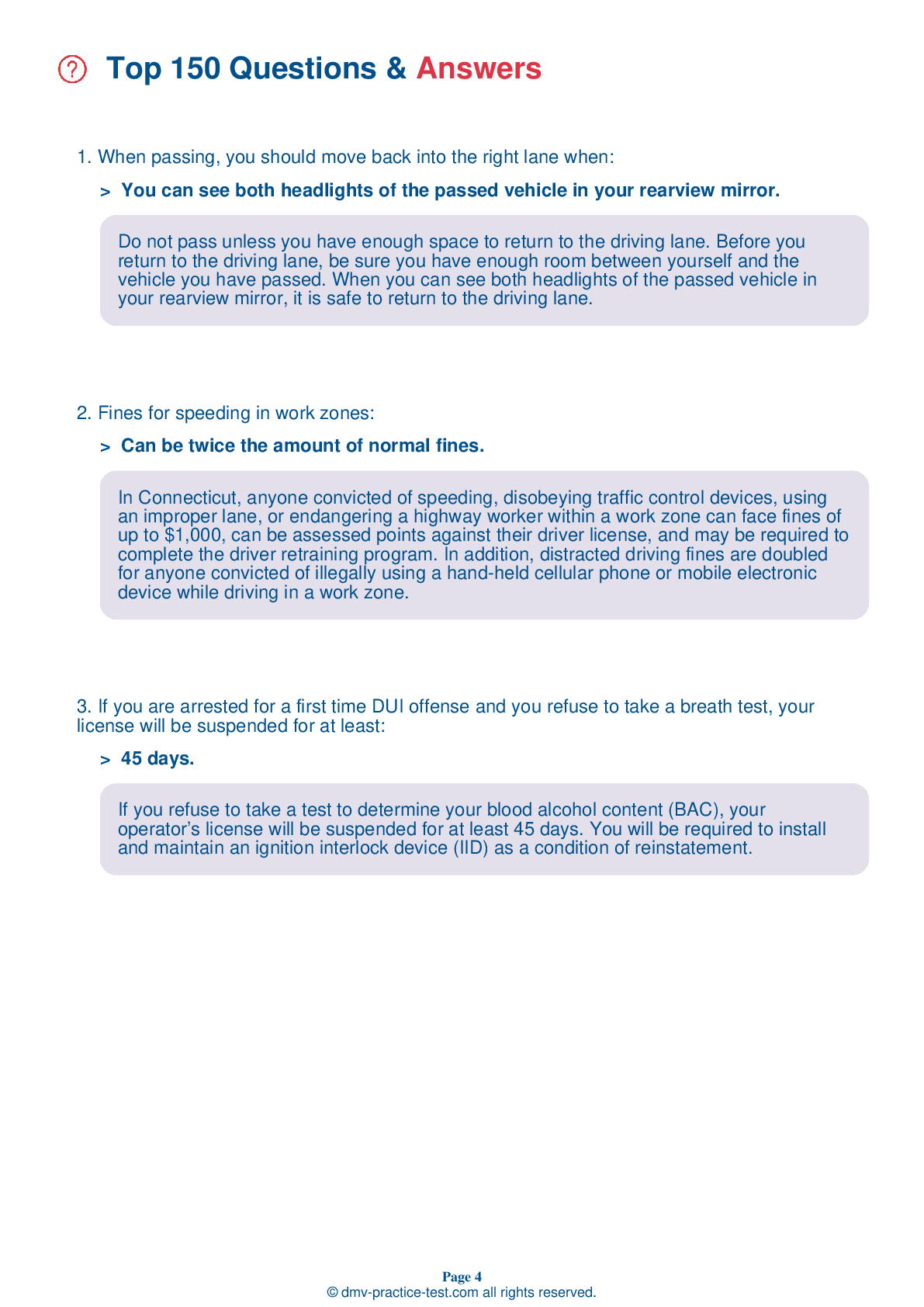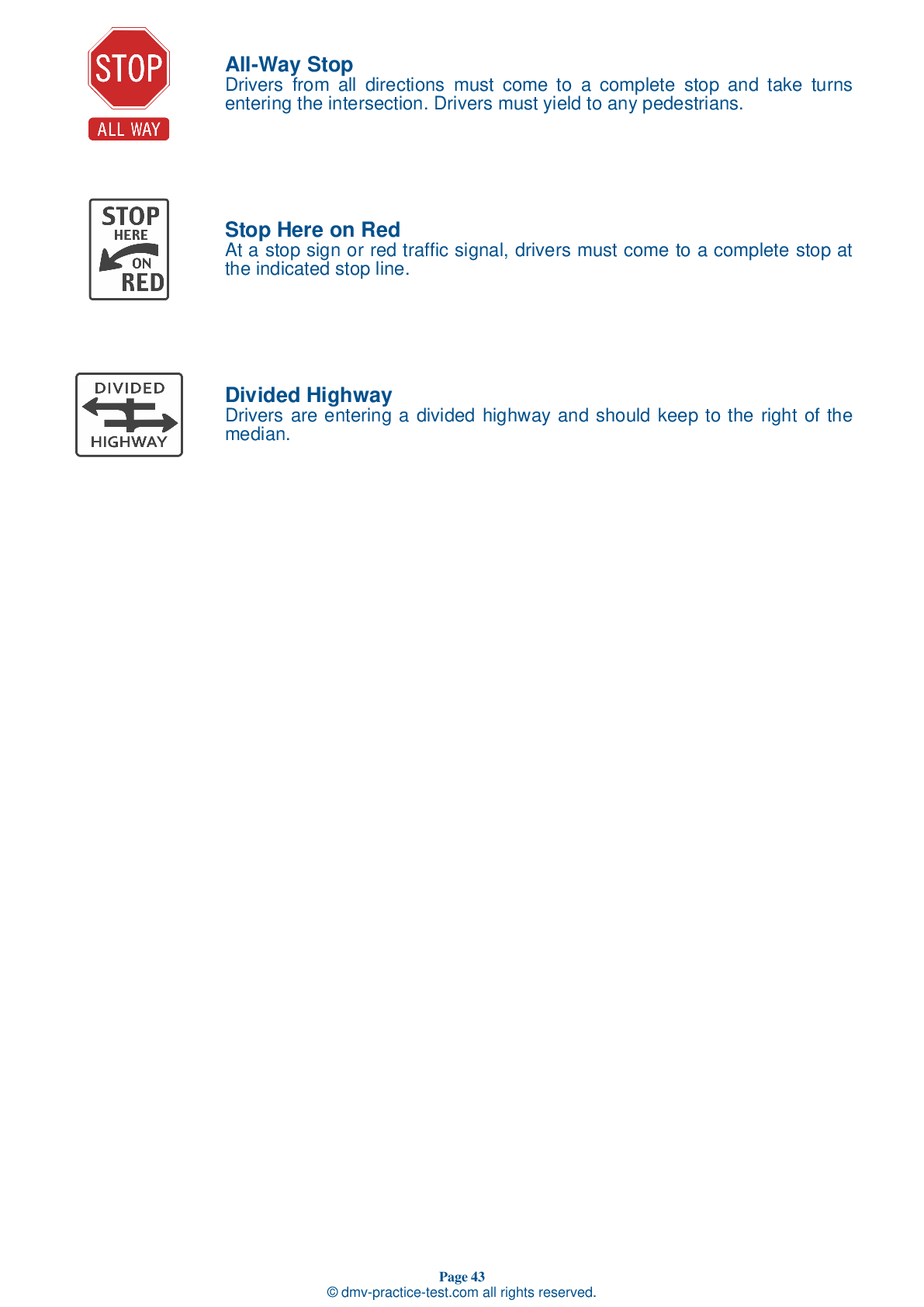FREE Connecticut DMV Practice Test #19
This set of Connecticut DMV practise tests was just updated for January 2025. It includes questions based on the Connecticut Driver Handbook's most essential traffic signs and regulations for 2025. Use actual questions that are very similar (often identical!) to the DMV driving permit test and driver's licence exam to study for the DMV driving permit test and driver's licence exam.
Each practise test question has a hint and explanation to assist you in remembering the concepts. The written component of the official DMV test will include questions about road rules, traffic signs, and driving statutes, as well as information from the Driver Handbook.
To achieve the required passing grade, you must correctly answer 20 of the 25 questions. Take our DMV practise exam to help you prepare for your Connecticut instruction permit or driver's licence.
The DMV exam is available in several languages.
Using any form of testing help will result in an automatic fail, and the DMV may take further action against your driver's licence, so avoid it.
1 . If you are driving and the rear end of your car starts skidding to the left, you should:
If your vehicle enters a skid, you should take your foot off of the brake and steer in the direction that you want to go. For example, if the rear of your vehicle is skidding to the left, you should steer to the left. This will help bring the front of the vehicle in line with the rear, thereby straightening out the vehicle's overall direction.
2 . In which of the following scenarios should your wheels not be pointed straight ahead?
While waiting to turn left, keep your wheels pointed straight ahead until it is safe to start your turn. If a vehicle hits you from behind, this will prevent you from veering into oncoming traffic. When parked facing either uphill or downhill, turn the wheels so the vehicle will not roll into traffic if the brakes fail.
3 . This sign means:
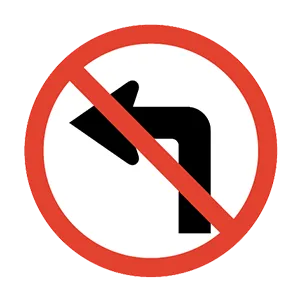
This sign means drivers cannot make a left turn. It is unsafe and unlawful to make a left turn at an intersection where this sign is posted.
4 . Hydroplaning occurs when tires ride on a thin film of water instead of on the road. To prevent hydroplaning in wet weather, you should:
Hydroplaning is caused by driving too fast on a wet road. Slow down when driving on wet pavement to prevent hydroplaning.
5 . Signs with orange backgrounds are:
